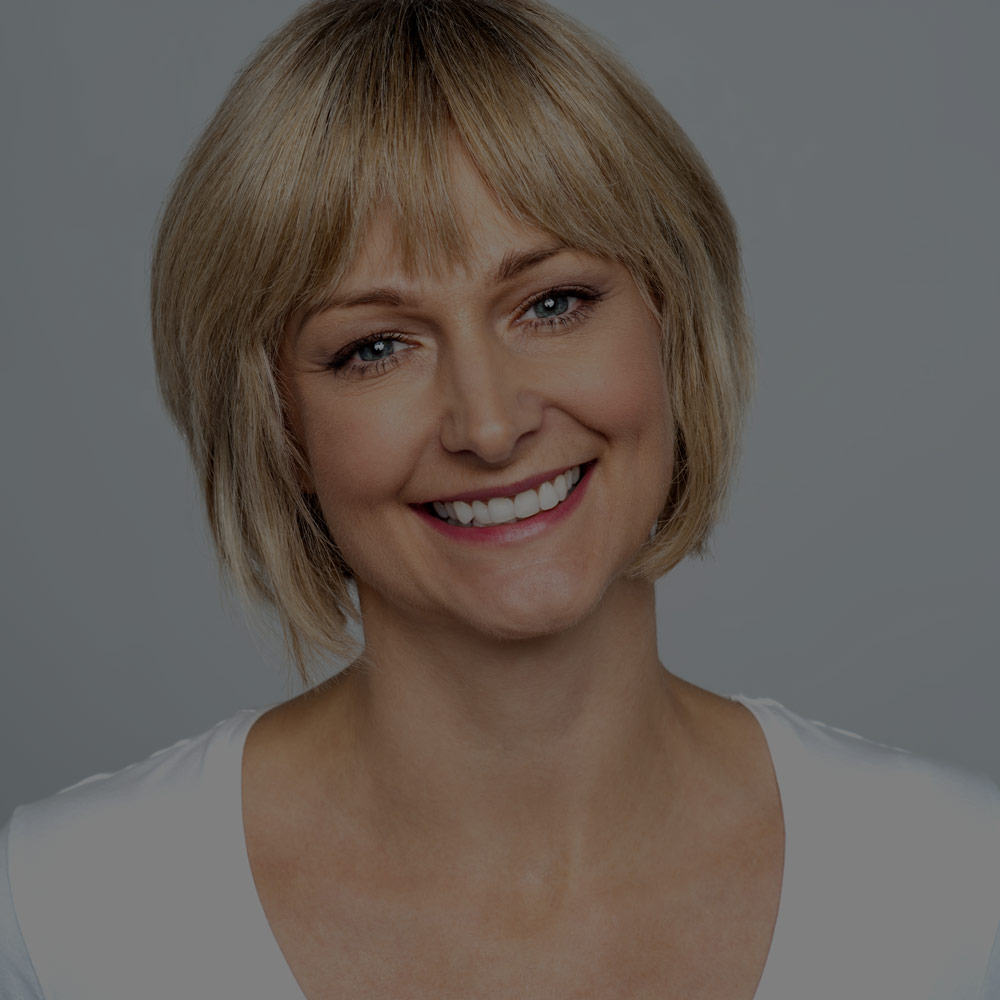
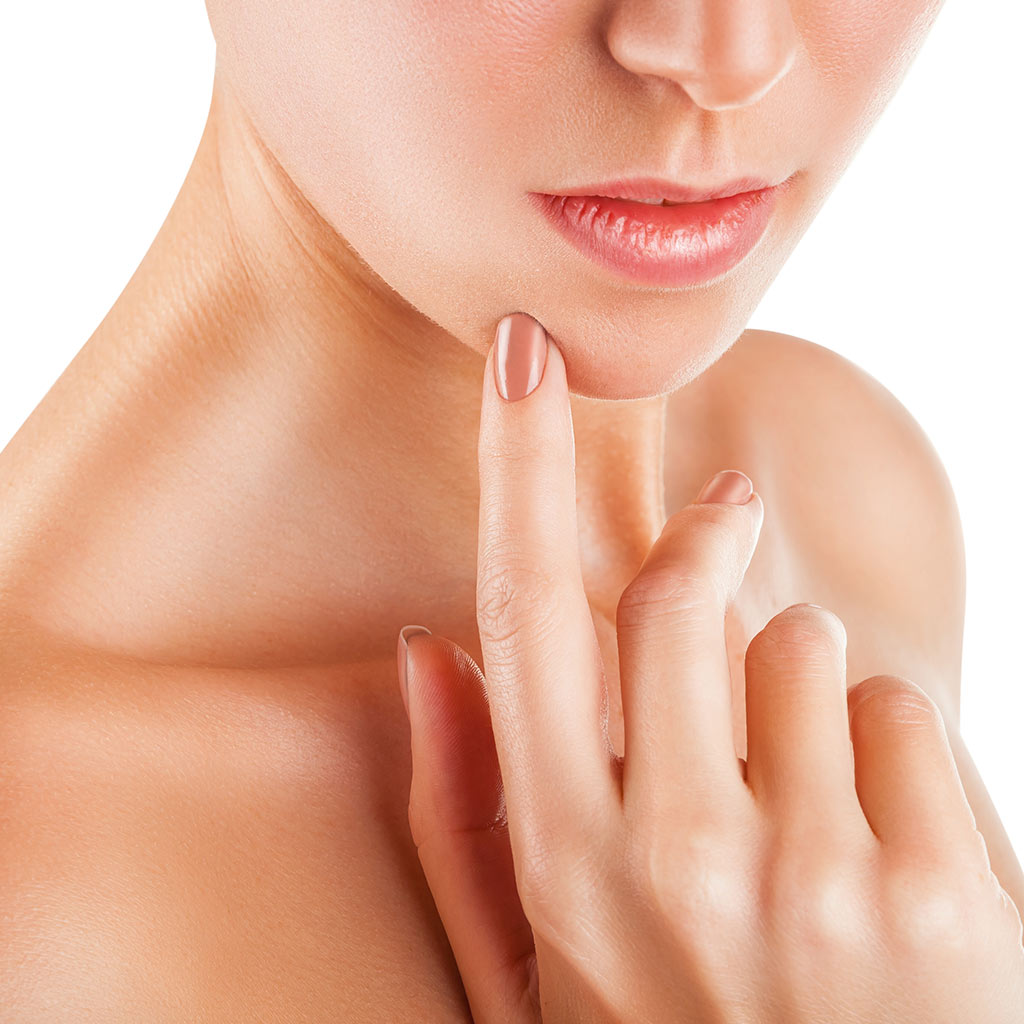 Throughout one’s’ life it’s not uncommon to accumulate a scar or two as a result of an injury, burn, acne, surgical procedure or trauma to the skin. The location of the scar and the degree of the damage to the skin will often determine whether or not someone chooses to have it treated. At Solomon Facial Plastic, we specialize in scar revision as Dr. Philip Solomon has been treating patients for nearly 20 years and is a renowned expert in this field.
Throughout one’s’ life it’s not uncommon to accumulate a scar or two as a result of an injury, burn, acne, surgical procedure or trauma to the skin. The location of the scar and the degree of the damage to the skin will often determine whether or not someone chooses to have it treated. At Solomon Facial Plastic, we specialize in scar revision as Dr. Philip Solomon has been treating patients for nearly 20 years and is a renowned expert in this field.
Scars are created during the natural healing process as a result of damage to the skin or tissues. Once skin or tissue has been injured, the body releases collagen to repair the damage. Collagen helps to reattach the damaged skin. A scab then forms to cover the wound to protect the damaged area. The healing process can take up to 18 months. Some may heal naturally while others may require additional treatment.
A scar revision is a procedure designed to minimize the appearance of scars so that they blend in with the surrounding skin texture and tone. Depending on your healing mechanisms and the depth of an injury, a mark may be permanently present. Once the wound has completely healed, a scar may remain if the wound caused injury to multiple layers of the skin triggering fibrous scar tissue development.
An unsightly scar can be aesthetically displeasing, psychologically distressing to some individuals and can affect one’s self-esteem, depending on the size and location of the scar. Unfortunately, tissue scarring is unavoidable as there are many factors that influence the growth of scar tissue. People with existing health conditions, or who are of a certain age, are generally more susceptible to scar formation.
Surgical scar revision can change the size of a scar, raise depressed scars or lower elevated scars. Scar revision improves the appearance of a scar while leaving another – though less obvious – scar in its place.
Scar revision can also be achieved with laser resurfacing and the injection of steroid medications. Topical treatments occasionally prescribed by some surgeons or doctors.
 There are minimally invasive procedures available at the offices of Dr. Philip Solomon, Otolaryngologist, Head and Neck Surgeon practicing Facial Plastic Surgery, as well as surgical procedures that involve more advanced wound closure techniques. Dr. Solomon will discuss different treatment options that are available for your unique needs, as well as the long-term effectiveness of each procedure, in order to provide a tailored solution to help minimize your scarring. Scar revision can help make your scar less visible, however, it may not completely erase it.
There are minimally invasive procedures available at the offices of Dr. Philip Solomon, Otolaryngologist, Head and Neck Surgeon practicing Facial Plastic Surgery, as well as surgical procedures that involve more advanced wound closure techniques. Dr. Solomon will discuss different treatment options that are available for your unique needs, as well as the long-term effectiveness of each procedure, in order to provide a tailored solution to help minimize your scarring. Scar revision can help make your scar less visible, however, it may not completely erase it.
It is advisable to wait at least a year for the scar to completely heal before deciding whether a scar revision will be beneficial, therefore allowing for a proper assessment of the mature scar by Dr. Solomon. While there are many different surgical techniques that can be used to treat scarring, the result tends to reduce the scar as much as possible so that its appearance is less visible. In some cases, the scar may be relocated to another part of the body. The patient’s skin may be moved around to accommodate the scar, or the initial incision may actually be recreated using advanced surgical techniques.
Laser resurfacing and/or dermabrasion can be used to improve raised scars. Noticeable, elevated and rough scars can be treated by removing a part of the uppermost layer of skin, which will cause the skin to regenerate, resulting in a less visible scar. In most cases the surgeon will use a laser light or abrading tool to do so, making the scar appear less prominent in the process. It is important to note, however, that the scar will still technically remain. The difference is that the scar will be smoother and less visible after the surgical procedure. Laser skin resurfacing and dermabrasion may not be useful in treating scars that are deep or have a depressed surface.
Hypertrophic and keloid scars are typically raised and can also feel irritated and itchy. Often, steroid injections are introduced first to reduce the size of the scar. In the event that the medication based injections are not sufficient, then surgery may be recommended. In such cases, the scar will be eliminated surgically and fine stitches will be used to close the incisions; resulting in less prominent scarring. In addition, please note that in many cases more than one procedure or treatment is required. A combination of treatments is often the best course of action in order to obtain optimal results. In the end, regardless of how unappealing a scar looks, it can usually be worked on and improved upon in a meaningful way.
More than 80% of the population is affected to some degree during their teen years and adult life with a skin condition called acne. For most, it will be a somewhat distressing temporary condition that leaves no significant lasting effects. For others, acne can result in scarring that is not only disfiguring but can affect an individual’s self-image in a negative way, for the rest of their lives.
Though there are a variety of topical products that may somewhat improve mild scarring, most acne scars require treatment with laser skin resurfacing, injectable fillers, and/or surgical procedures. Most of these treatments provide long-lasting or permanent smoothing out and lightening of the acne scar. Some treatments can even control future breakouts.
Treatment of acne scarring is often dependent on the size, shape, and depth of the scar because some treatments are more effective on certain types of scarring. Accutane use, though very effective in controlling active outbreaks, can be contraindicated in conjunction with many treatments for scarring and should be discussed with your doctor prior to treatment.
Until recently, dermabrasion and dermaplaning have been the most common and effective methods of skin resurfacing treatment for acne scars. Dermabrasion uses a rotating abrasive wheel to remove the top layer of damaged skin, allowing new skin to grow. The technique takes about an hour and downtime is about two weeks.
View Dr. Solomon’s Cosmetic Surgery
Before & After Gallery
However, with the introduction of fractional resurfacing technology such as the new Ultrapulse Fractionated CO2 Laser and Fraxel®, dermabrasion may become less common. Laser skin resurfacing takes less time and allows penetration of the skin layers to be more controlled than in dermabrasion. Because only small “fractions” of the skin’s surface are treated, laser resurfacing results in less downtime and an easier recovery. Results from treatment with the Ultrapulse are dramatic and immediate, often requiring only one to two appointments. The Fraxel laser treatments may take up to six visits to achieve desired results.
Another mode of treatment for acne scarring is injectable therapy. This method involves injecting material such as collagen, fat, hyaluronic acid derivatives, or polymethylmethacrylate (PMMA) microspheres combined with collagen under the scar to plump up the surface to the level of the skin around the scar.
Artecoll® is one product used for treatment that offers permanent improvement in acne scars. Usually only requiring one implant injection, Artecoll uses PMMA microspheres suspended in collagen to plump the scarred area. The formula contains a trace of anesthetic to minimize any discomfort from the injection. The results are not fully seen until about three months after the procedure, but the effects are the longest lasting of any of the injectables that are currently available.
More temporary results can be achieved with hylaform viscoelastic gels like Restylane®, Perlane®, and Juvederm™ made from natural materials that fill in the scar depression. Though this treatment needs to be repeated to maintain the desired effect, the procedure is simple with little discomfort and the results are immediate.
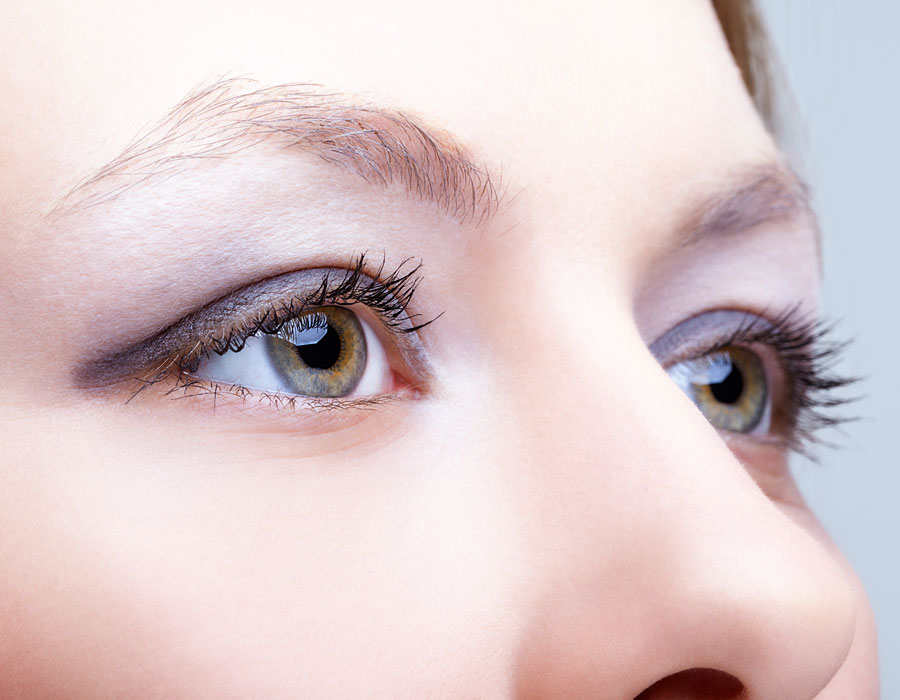 Fat grafting or fat transfer uses your own body fat that is taken from another part of your body (thighs, for instance) to fill in the scar. The fat is concentrated and then injected into the depression to plump the area. The procedure involves little discomfort, though for longer-lasting results, patients will probably need three to four treatments over the course of several months.
Fat grafting or fat transfer uses your own body fat that is taken from another part of your body (thighs, for instance) to fill in the scar. The fat is concentrated and then injected into the depression to plump the area. The procedure involves little discomfort, though for longer-lasting results, patients will probably need three to four treatments over the course of several months.
Punch techniques are minimally invasive surgical procedures that can be highly effective in improving the appearance of acne scarring. There are three types of punch excision and they all use a punch biopsy tool to correct deep acne scars.
Punch excision removes the base of the scar, and the skin is then closed with sutures and allowed to heal. Punch elevation uses the punch tool to remove the base of the scar that is then sutured to the surrounding skin. Punch replacement involves the removal of the scarred skin which is then replaced with a skin graft (most commonly from behind the ear). These punch techniques are often combined with laser resurfacing to even out the surface and tone of the skin and are highly effective in improving the appearance of the skin.
For some scars, a surgical procedure that will detach the scar from the deeper connective tissue may be required. This procedure is called subcision and usually requires one to three treatments. Bruising and swelling may last up to two weeks. This acne scar treatment is also usually combined with laser resurfacing for optimal results.
It is common to experience a level of discomfort after undergoing a facial or any other scar revision procedure. Redness, bruising, and swelling are commonly reported side effects of the surgery and are usually well tolerated by most patients. In many cases, the sutures that were placed will be extracted a few days after the surgery has been completed.
The head should also be elevated whenever the patient lies down, and cold compresses are recommended in order to reduce any swelling. Any medications that the patient is taking will also be taken into account before and after the surgery. To ensure a quick and easy recovery, please follow the carefully formulated aftercare instructions that are provided by Dr. Solomon’s office in order to ensure a smooth and uncomplicated recovery process. Some scars may take more time to heal than others.
Contact the Solomon Nasal and Facial Plastic Surgery Centre today 905-764-7799 to find out which scar removal option may be the best solution for you. Dr. Philip Solomon is a double board certified facial cosmetic surgeon practicing in Thornhill, Toronto and the GTA. A consultation with Dr. Solomon is the best way to determine a plan for treatment in minimizing the appearance of your scar(s). Every treatment is tailored according to your individual needs and aesthetic goals.
Please also visit Dr. Solomon’s information on
Direct Neck Plasty, Neck Liposuction, Otoplasty, Earlobe Repair, Mole And Lesion Removal, Acne Scar Treatment, Advanced Computer Imaging, Hairline Lowering Surgery, Dimple Creation and Scar Revision.
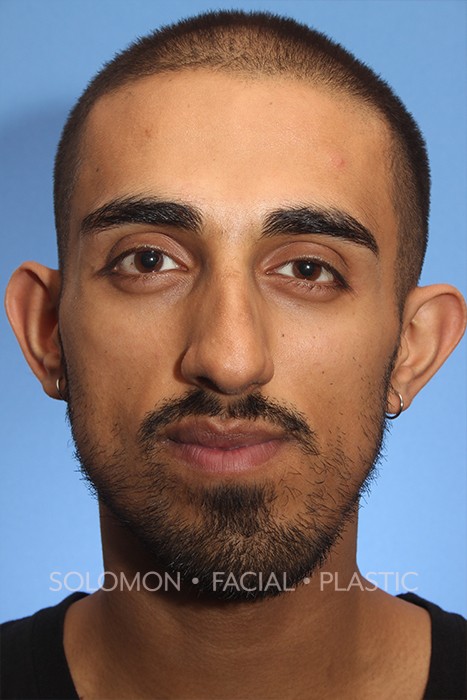
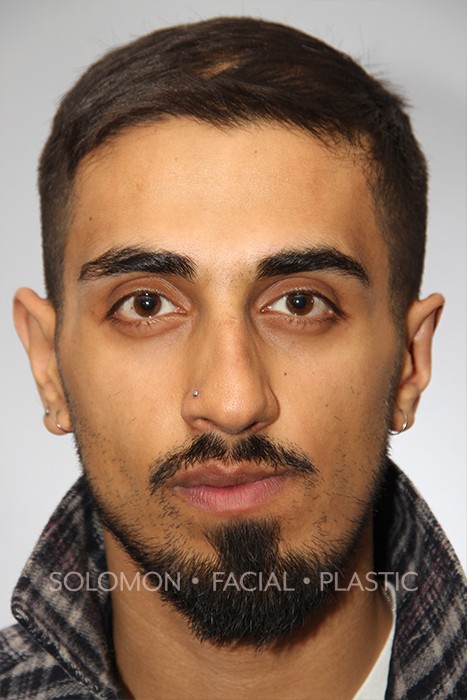
In order to best assist you, we require all cosmetic patients to schedule a virtual or in-person consultation. There is a fee of $200 plus HST for all consultations. Your consultation fee will be credited towards your procedure and/or treatment. To schedule a consultation, please complete the attached form or call our office at 905-764-7799. We look forward to hearing from you.
